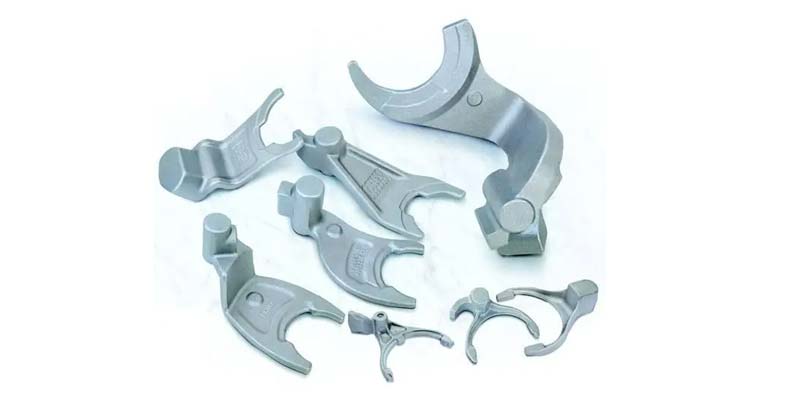- Contact Innally, Let you purchase forgings in China more favorable prices, products more assured!
- Hotline:+(86)15038323776 Email:innally@innally.com
How to evaluate the quality of artificial joint forging?
- Category: Aluminium alloy forging, Thermal forging
- |
- Date: 20/11/2023
, evaluating the quality of artificial joint forgings requires comprehensive evaluation from many aspects. Material quality, manufacturing process, accuracy and dimensional stability, non-destructive testing and clinical evaluation all need to be strictly inspected and controlled to ensure that the quality of artificial joint forgings meets the expected standards and requirements. At the same time, for different types of artificial joint forgings, it is also necessary to conduct targeted evaluation and testing according to their specific use and use environment and other factors, so as to better meet clinical needs and improve the quality of life of patients.
Product Details
Evaluating the quality of artificial joint forgings is a key step to ensure the safety and effectiveness of artificial joint. The quality assessment of artificial joint forgings can be carried out from the following aspects:
First, material quality
The material quality of artificial joint forging is one of the important factors to evaluate its quality. Material quality includes material purity, mechanical properties, chemical composition and so on. High-quality materials guarantee the durability and stability of artificial joints and reduce the risk of complications after surgery. Therefore, when evaluating the quality of artificial joint forgings, it is necessary to strictly inspect and control the material quality.
- Manufacturing process
The manufacturing process of artificial joint forging is also one of the important factors to evaluate its quality. The manufacturing process includes mold design, forging, heat treatment, machining and surface treatment. The process control of each link will affect the quality and precision of artificial joint forging. Therefore, when evaluating the quality of artificial joint forgings, it is necessary to carry out strict inspection and control of its manufacturing process to ensure that the quality of each link meets the standard.

Third, accuracy and dimensional stability
The accuracy and dimensional stability of artificial joint forging is one of the important factors to evaluate its quality. Accuracy and dimensional stability will affect the matching degree and stability of artificial joints, and then affect the treatment effect and service life of patients. Therefore, when evaluating the quality of artificial joint forging, it is necessary to strictly check and control its accuracy and dimensional stability.
- Non-destructive testing
Nondestructive testing is one of the important means to evaluate the quality of artificial joint forgings. Non-destructive testing can detect the internal defects and damage, such as cracks, pores, etc. of artificial joint forgings by non-destructive methods. Non-destructive testing can effectively control the quality of artificial joint forgings and avoid the failure of artificial joints caused by internal defects and damage.
- Clinical evaluation
Clinical evaluation is the final step to evaluate the quality of artificial joint forgings. Clinical evaluation can comprehensively evaluate the quality of artificial joint forgings by long-term observation and evaluation of patients using artificial joint forgings to understand their service life, stability, complications and so on.
In short, evaluating the quality of artificial joint forgings requires comprehensive evaluation from many aspects. Material quality, manufacturing process, accuracy and dimensional stability, non-destructive testing and clinical evaluation all need to be strictly inspected and controlled to ensure that the quality of artificial joint forgings meets the expected standards and requirements. At the same time, for different types of artificial joint forgings, it is also necessary to conduct targeted evaluation and testing according to their specific use and use environment and other factors, so as to better meet clinical needs and improve the quality of life of patients.
nannan
INNALLY mainly provides you with various types of cast and forged parts products. Welcome your inquiries! innally@innally.com
Related Products
Search
Forging center
- Steel forgings
- Aluminium alloy forging
- Titanium alloy forging
- Stainless steel forging
- Copper forging
- Automotive forgings
- Locomotive forging
- Bicycle forgings
- Motorcycle forging
- Rigging and fasteners
- Bearing forging
- Electric power fittings
- Marine forging
- Mechanical forgings for metalworking
- Mining machinery forgings
- Marine engineering forgings
- Construction machinery forgings
Popular product

© 2025. All Rights Reserved.






